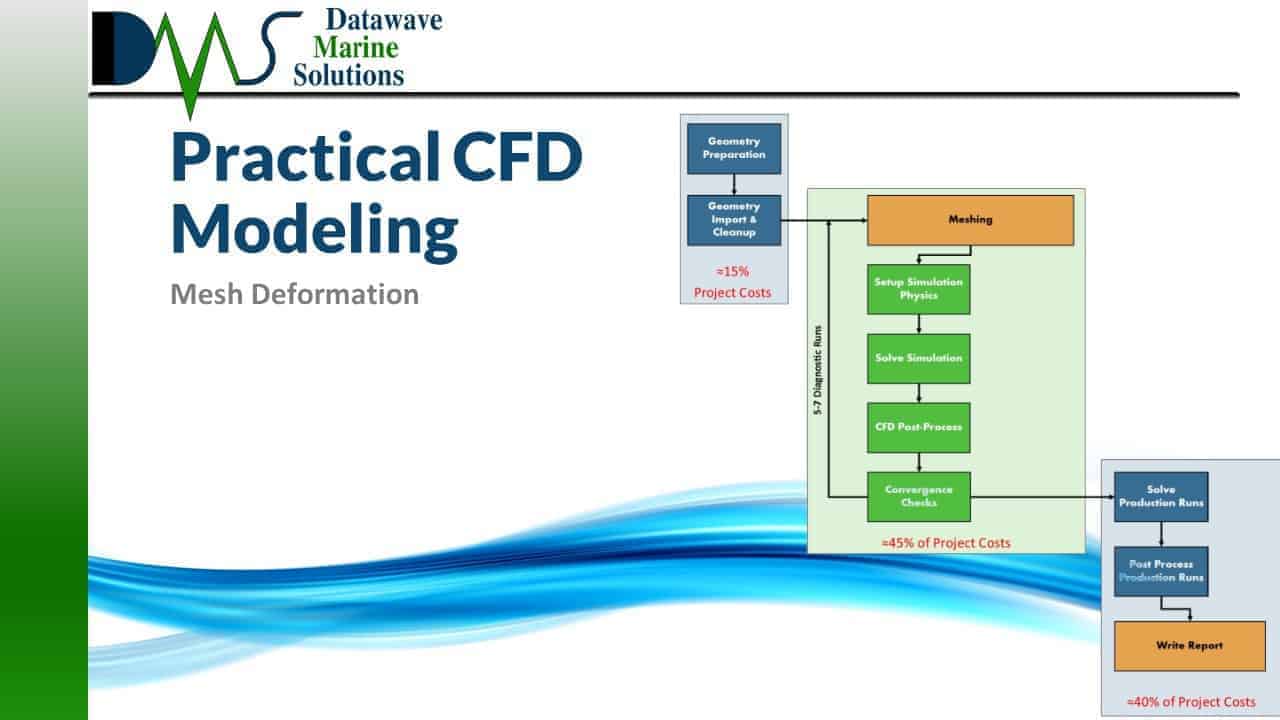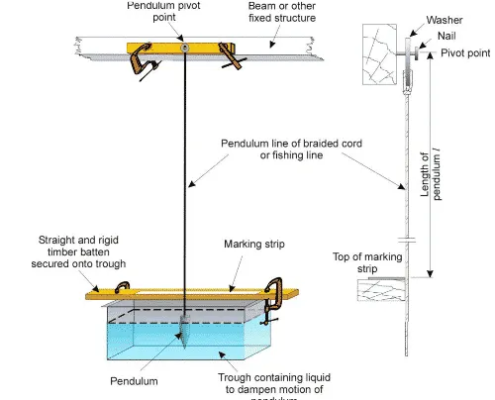Mesh deformation greatly destabilizes your simulation. Expect increased residuals and large problems with simulation convergence. Plan ample time in your project for debugging, more debugging, and still more debugging. To combat the instability of mesh deformation, first craft your simulation without mesh deformation. Create a rock-solid stable setup, with excellent convergence and no problems at all. That forms the starting point to add in mesh deformation.
The problems with simulation stability arise from the changes in cell quality. Mesh deformation cannot automatically preserve the quality of the cells in the mesh. Cell quality deteriorates, and simulation stability suffers as a result. But not all cell changes pose equal trouble. Pure changes in volume remain relatively harmless. Changes in aspect ratio are safe in moderation. They lead to trouble when the aspect ratio starts to double from its original value. But the greatest villain is cell skew, usually generated by rotational mesh deformation. The key to protecting cell quality is picking the method of cell deformation. CFD engineers attempt to format the mesh and the motion so that most cells deform in the safer modes.









